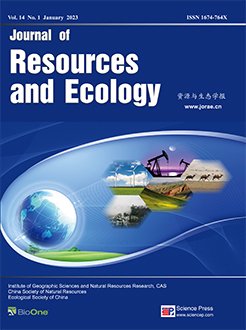Quantitative assessments of ecosystem service value (ESV) are of great significance for rational allocation of environmental resources and making regional ecological protection decisions. The method of equivalence factor per unit area is widely used for this purpose because of its simple algorithm. However, ESV is also affected by biotic and environmental factors (e.g., net ecosystem productivity (NEP) or precipitation), which are difficult to obtain at the regional scale, leading to uncertainty in ESV estimations. In this study, according to the equivalent factor modified by precipitation and NEP from four state-of-the-art process-based productivity models, i.e., CLM4.0, LPJDGVM, LPJGUESS and ORCHIDEE, we explored the temporal and spatial patterns of ESV of 15 administrative regions in northern China. The results show that the simulation accuracy of different models varied among four representative ecosystem types, i.e., typical steppe in northern China, alpine steppe in northwest China, farmland ecosystem in central China, and forest in northeast China, implying that model-based ESV estimates are ecosystem-specific. The ESV tends to decline from northeast to southwest in northern China. Regions with dense vegetation usually had high ESV due to better hydrological and thermal conditions. Low vegetation coverage areas, such as Qinghai and Xinjiang, had higher ESV because of their large geographical areas. The central and eastern developed regions without abundant natural resources had lower ESV due to their lower NEP. For different categories of ecosystem services, the regulation services (mainly water flow regulation services and climate regulation services) contributed the most to ESV. For the temporal dynamics, the total ESV of the 15 provinces, autonomous regions and municipalities showed an insignificant downward trend over the years. The regions with increasing trends of ESV were distributed in northwestern China, while pixels with decreasing trends of ESV were concentrated in northeastern China. Land use cover change may be the most important factor controlling the temporal dynamics of ESV. Our results can provide support for the enaction of reasonable strategies for ecological protection and economic development in northern China.
How to translate text using browser tools
12 December 2022
Comparison of the Application of Different Process-Based Models in the Study of Spatio-Temporal Patterns of Ecosystem Service Value
Guo Xuan,
Guo Qun,
Li Yu,
Li Shenggong
ACCESS THE FULL ARTICLE
ecosystem service value (ESV)
NEP
Precipitation
process-based productivity model
temporal and spatial dynamics






